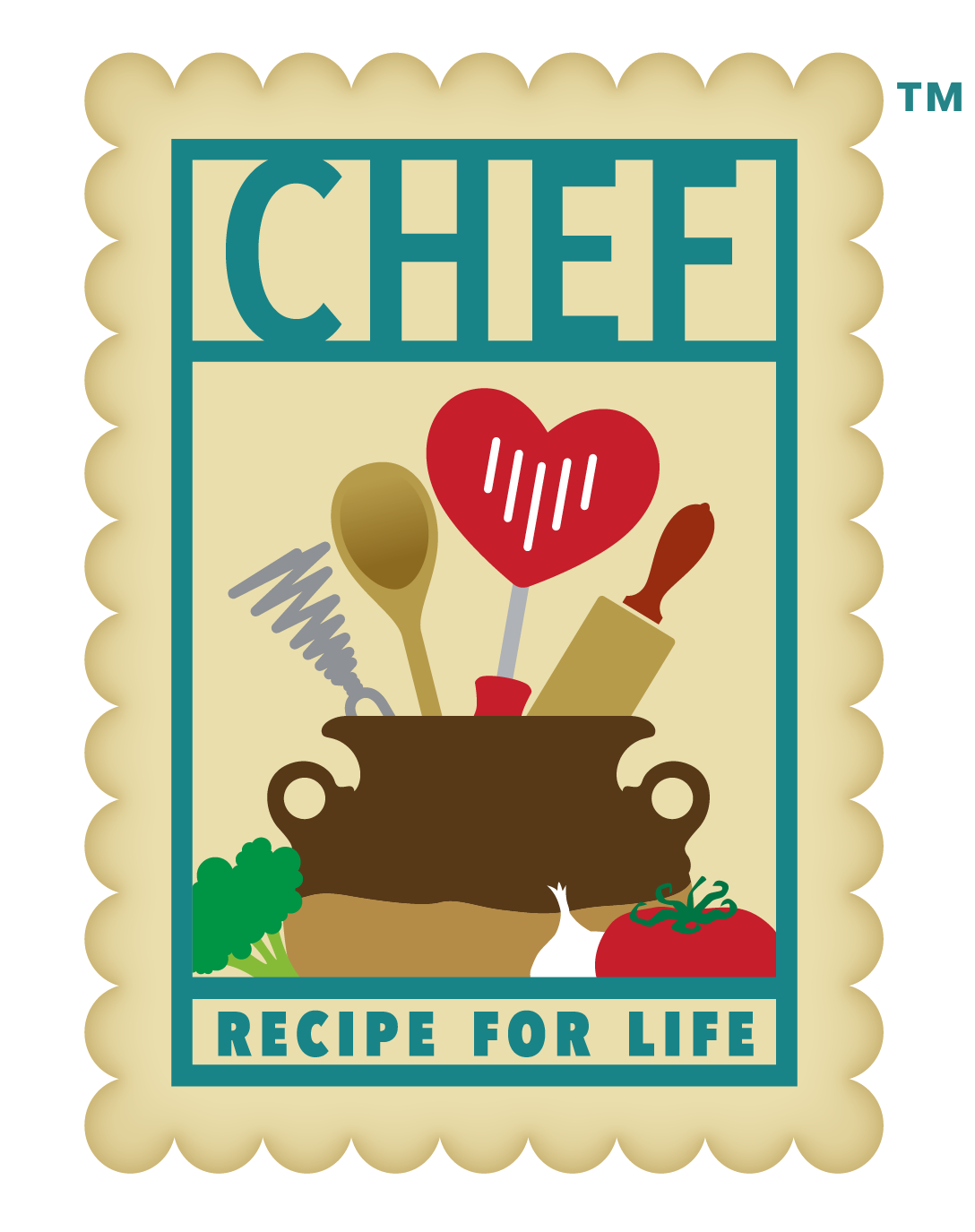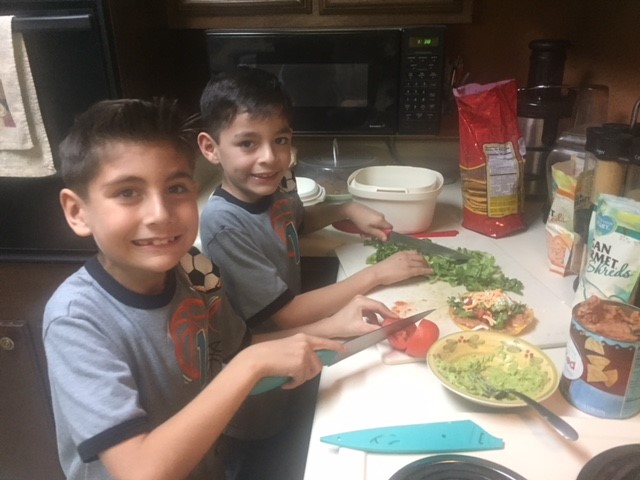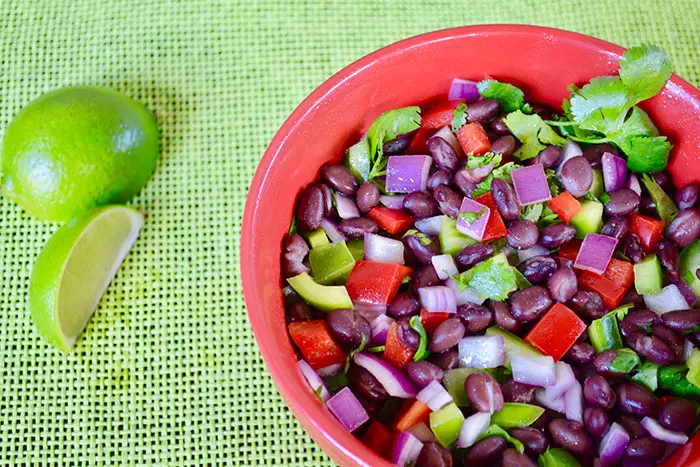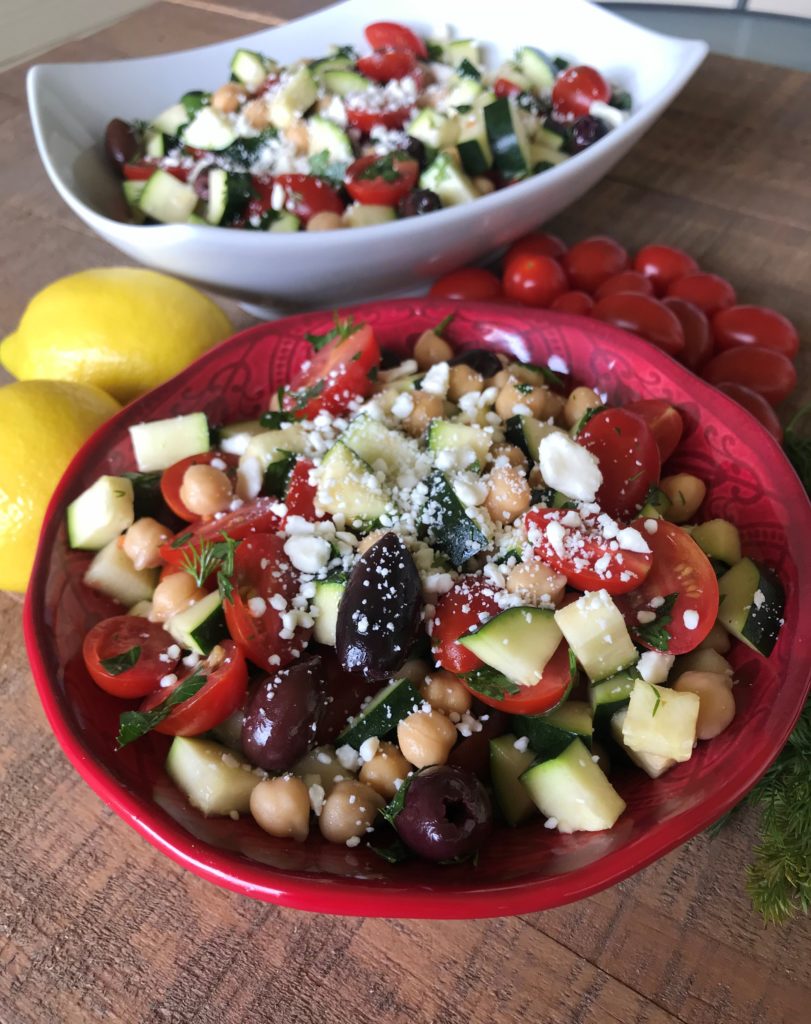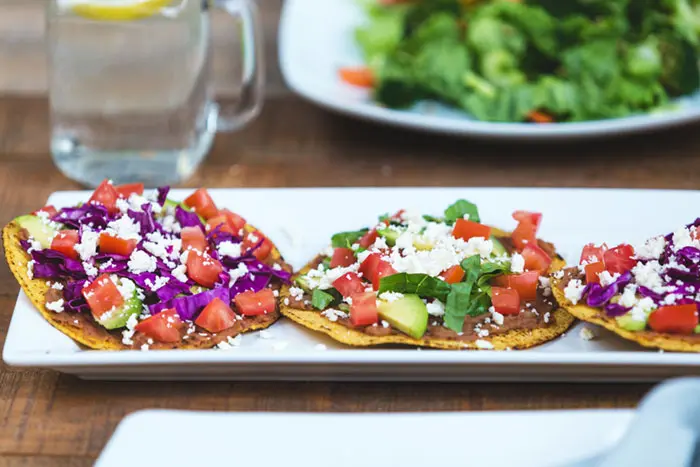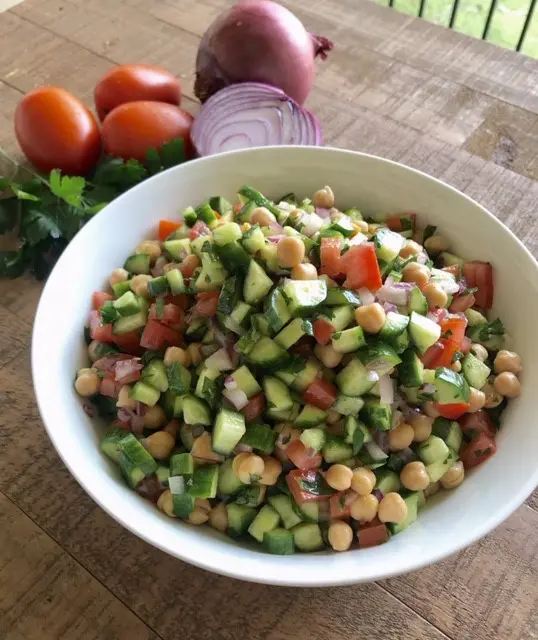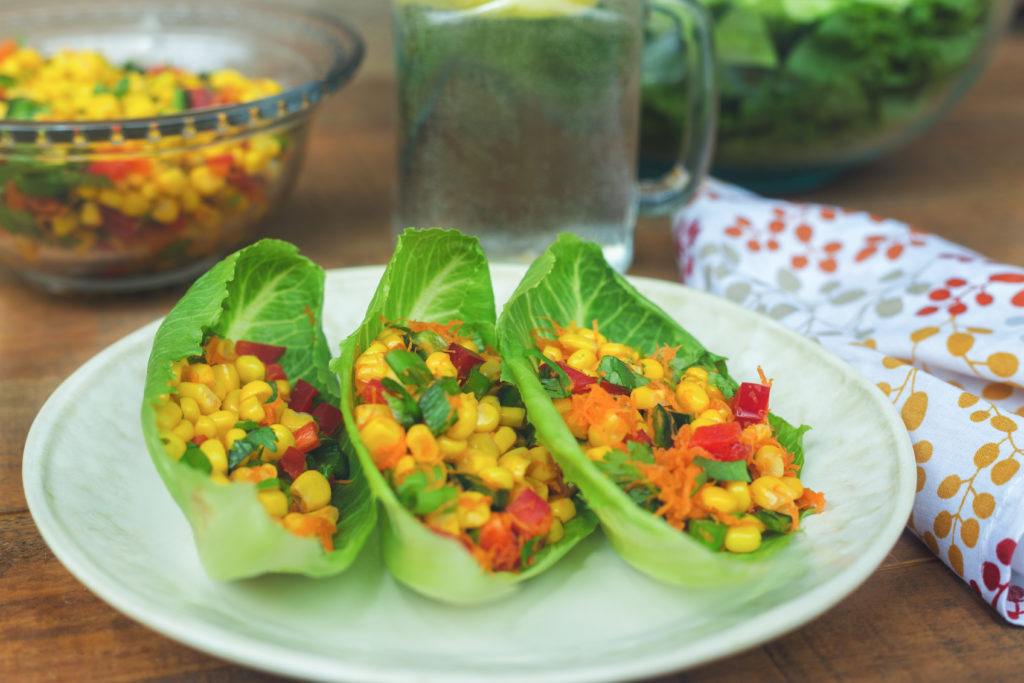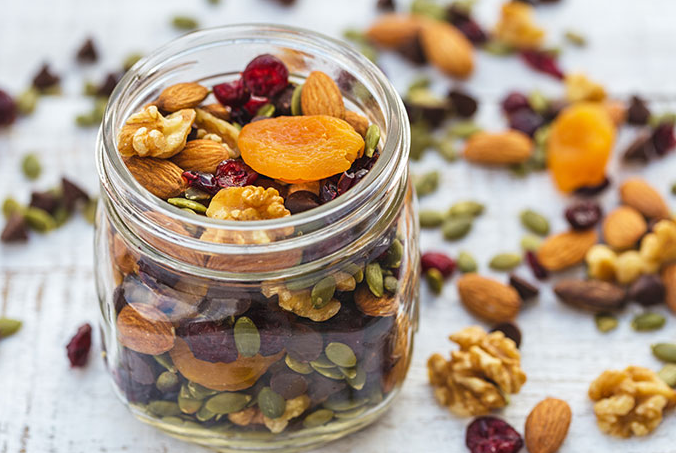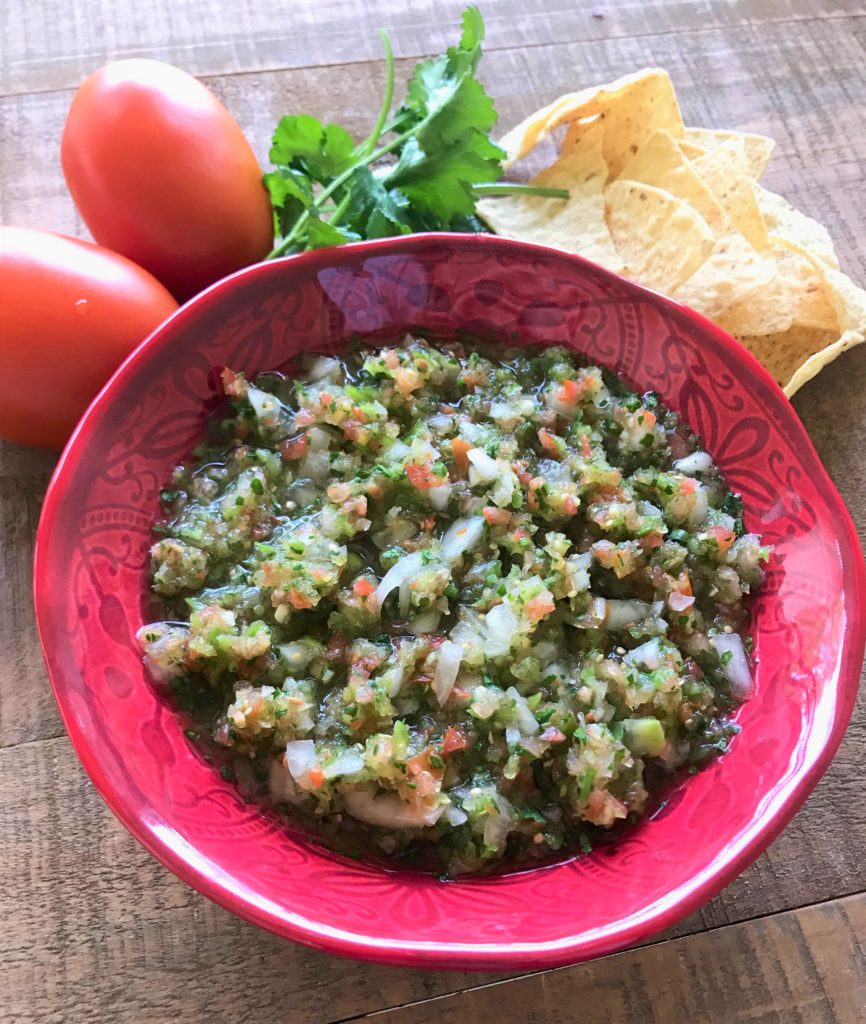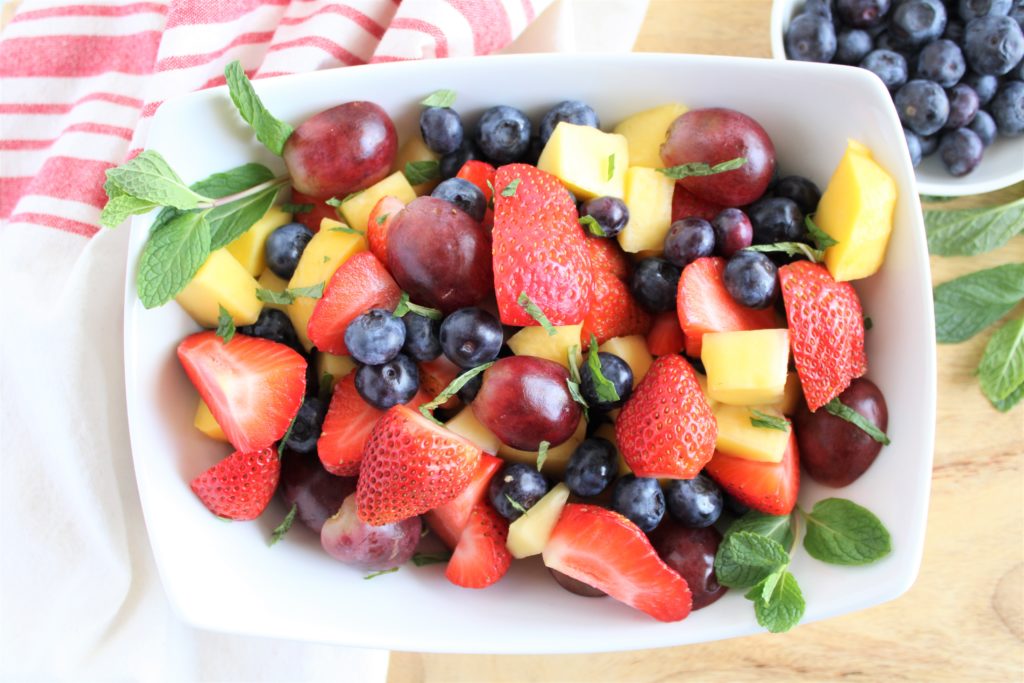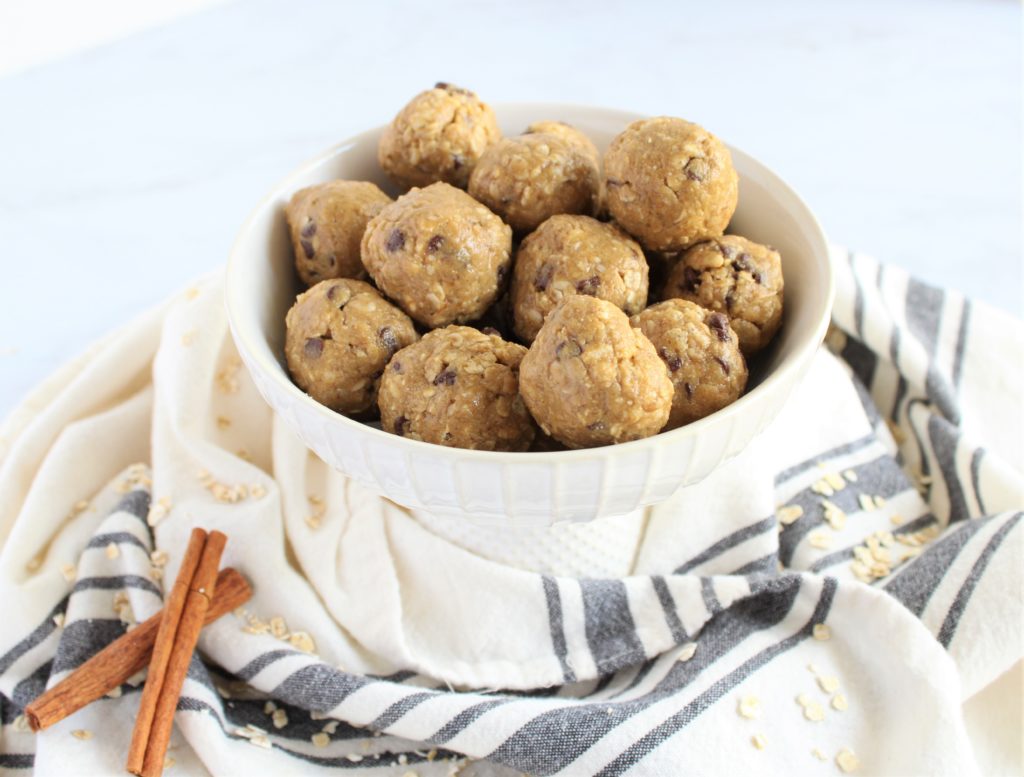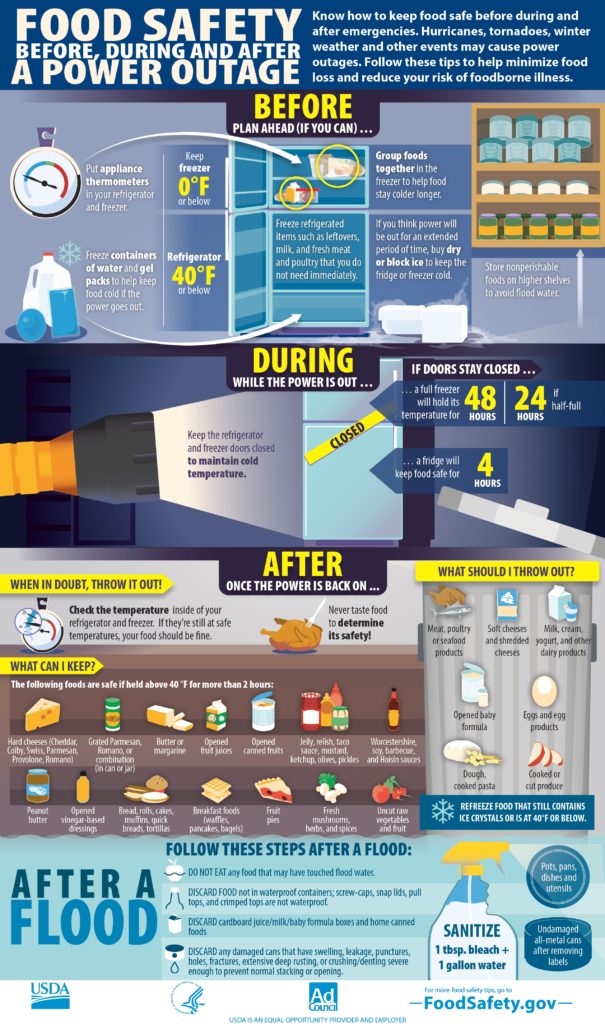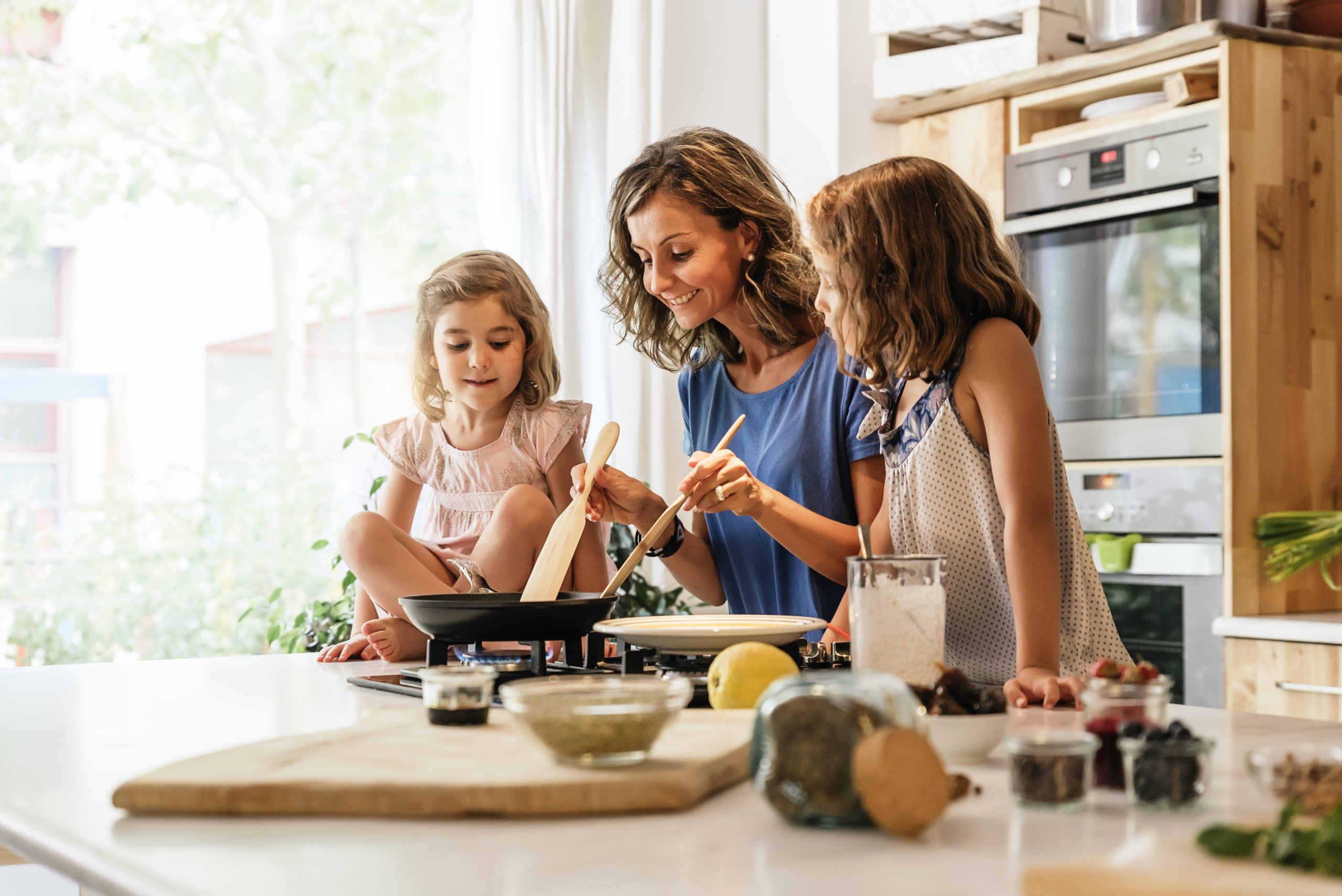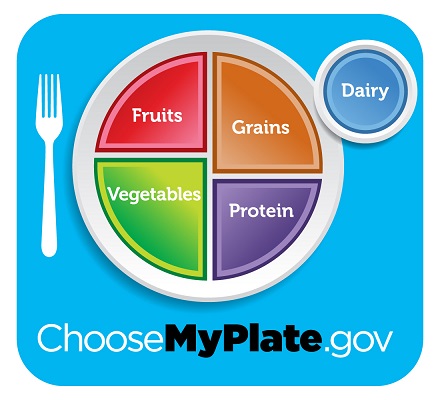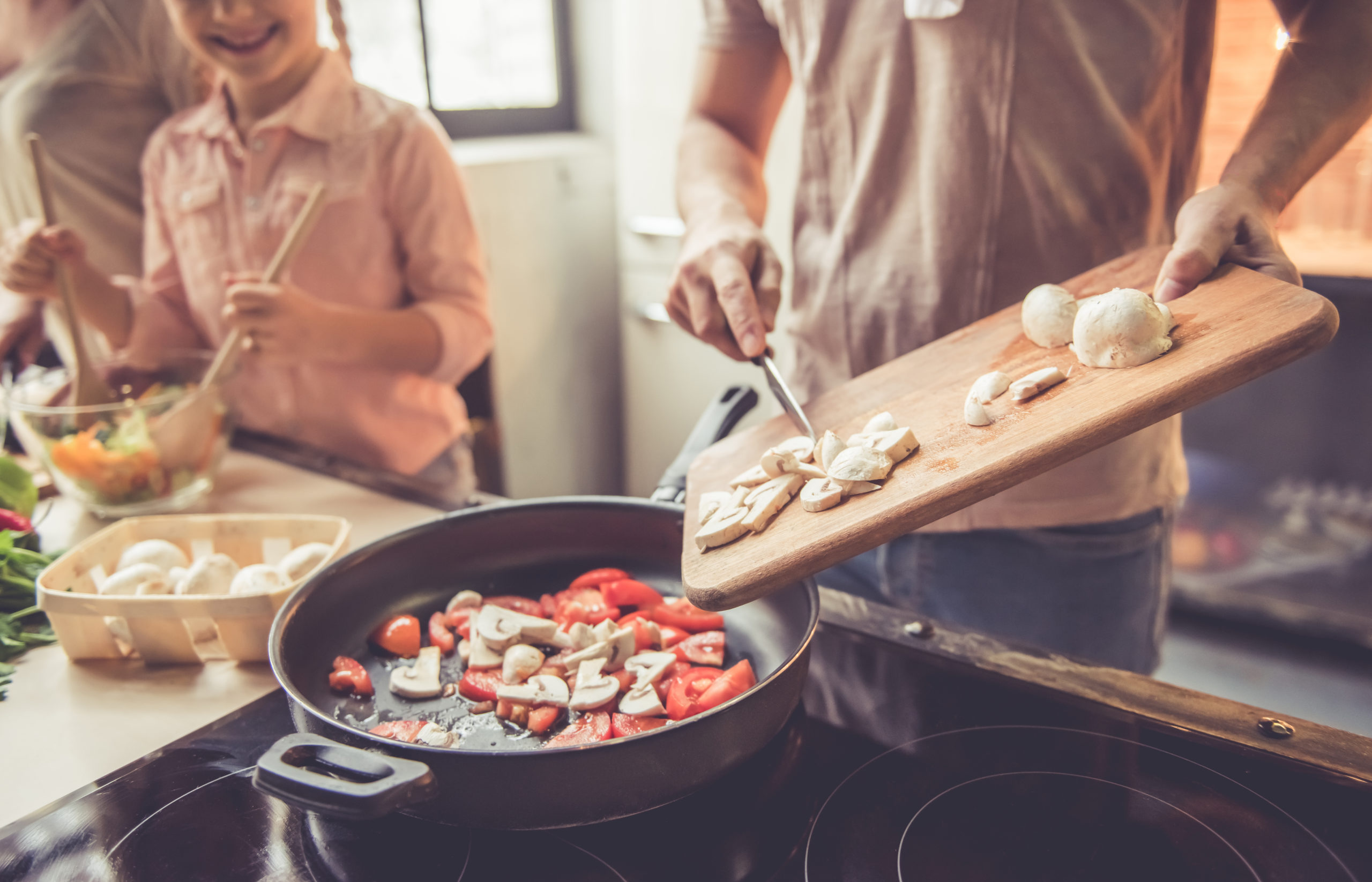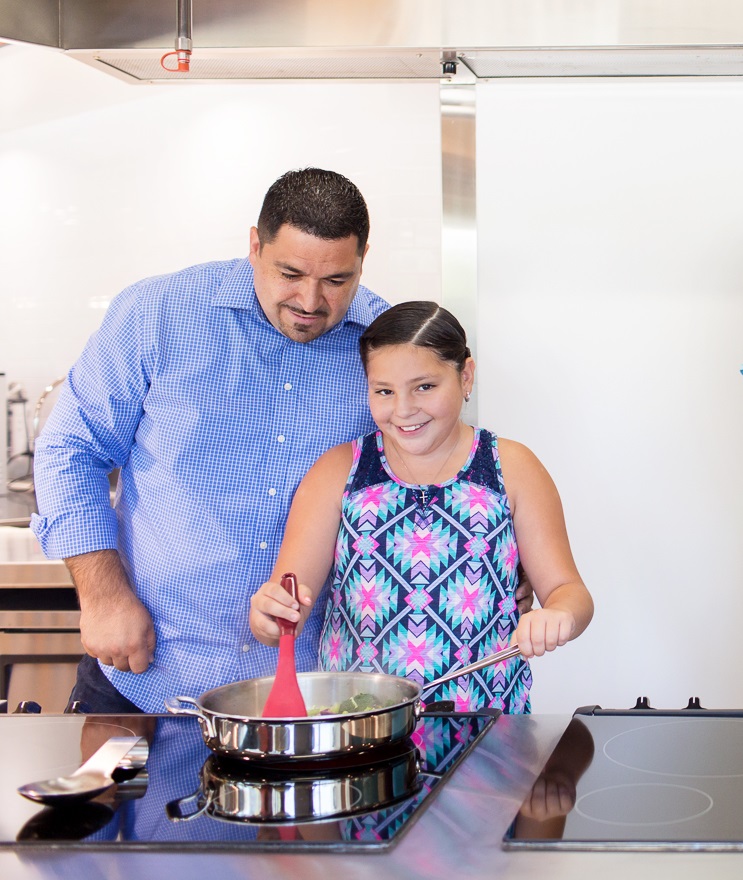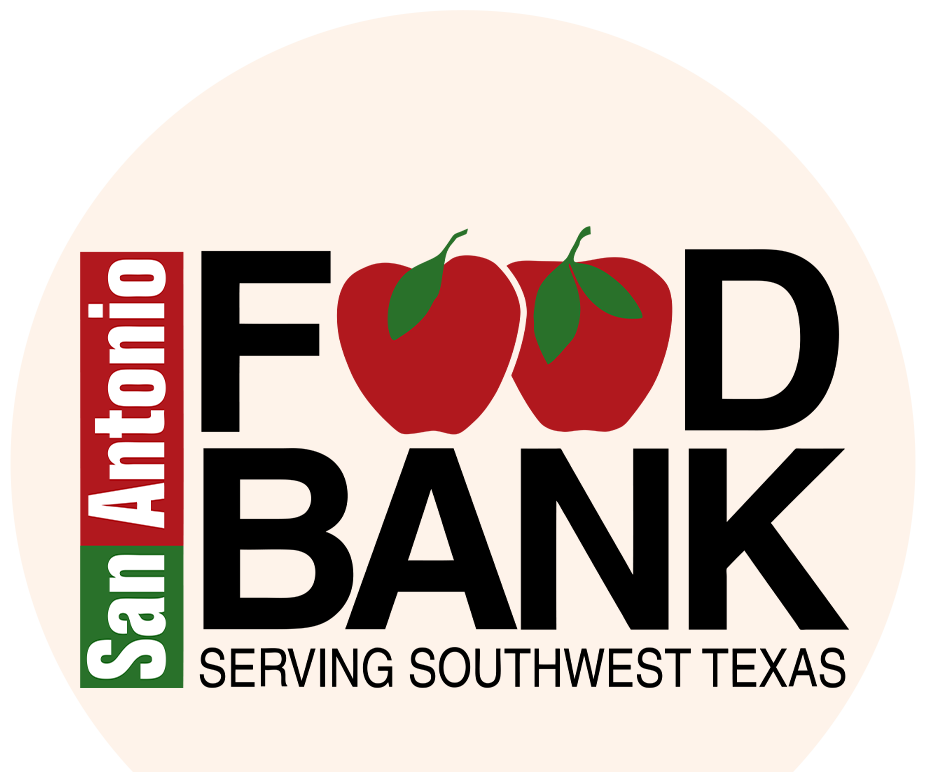Over the past few months, parents have been focused on doing everything they can to keep their families healthy. Stressing the importance of proper hygiene and frequent hand washing, staying at home more often, and cooking almost every day have been our daily normal in response to the COVID-19 pandemic. While practicing all of these habits can help flatten the curve, one of the questions that remains top of mind is what else can families do to strengthen and maintain a healthy immune system to help ward off infections and illness.
The key to a healthy child begins with a strong immune system. Our body’s immune system is an amazing function which we rely on for our entire lifespan. One of its main functions is to fight disease producing organisms such as bacteria, viruses, fungi, and parasites. A strong immune system can provide a child with powerful defenses against diseases, while a weak one makes them more susceptible to colds, the flu, and more serious illnesses.
You may be wondering if eating special foods or nutrients can strengthen an immune system, but you don’t need to stress about loading up with expensive immune boosting supplements. Supporting healthy and normal immune function can be achieved with proper nutrition, along with other healthy habits such as getting enough sleep, regular physical activity, and managing stress for emotional stability.
Key nutrients to keep your immune system healthy include vitamins A, C, and D, protein, copper, magnesium, and zinc. These nutrients can be found in a wide variety of wholesome foods such as fruits, vegetables, nuts, seeds, beans, lean meats, and whole grains. Supplementing these nutrients with mega doses beyond our recommended daily intakes doesn’t necessarily create a stronger immune system and can potentially lead to more harm than benefit.
Here are our top tips for maintaining a healthy immune system.
Eat the colors of the rainbow.
Aim to serve at least 2 – 3 colorful varieties of fruits and vegetables at every meal and snack. Each color of fruit and vegetable provides a different healthy vitamin or mineral, so eating a variety will ensure that you get the most nutrients.
Make sure you’re getting enough vitamin D.
While vitamin D is knownfor its bone building qualities, it also plays a beneficial role in the immune system. Studies have found that a deficiency in this essential nutrient is linked to an increased risk of infection. Vitamin D is made in the body when we are exposed to sunlight and is also available in fortified milk or cereal, eggs, and cheese.
Choose the best types of dietary fats.
Food contains many different types of dietary fats from marine oils, plant oils, and solid animal fats. The oils found in nuts and seeds, olive oil, canola oil, and fish oil have a beneficial role in our health compared to the solid animal fats such as butter, cream, lard, tropical oils, and partially hydrogenated oils. Studies have confirmed that a diet that includes large amounts of processed foods, fried foods, and other solid saturated fats predisposes children to recurrent infections and inflammatory conditions. Reversely, a balanced diet that is rich in healthy sources of plant oils is found to enhance the body’s immune system.
Power up with protein.
Protein from animal and plant sources provide the body with important immune supporting amino acids, vitamins, and minerals. Choose lean options of chicken, beef, pork, and dairy to get vitamin B12, iron, and zinc.
Iron also has an important role in a healthy immune system. In addition to animal protein, dietary sources of iron can be found in plants, such as kidney beans, lentils, and dark leafy greens. Combining foods with good sources of iron with foods rich in vitamin C, such as a salsa or fruit salad, help boost the body’s ability to absorb iron.
Zinc is especially interesting because it supports many different functions related to growth and development in the body. It also plays a key role in the maintenance of the immune system by protecting DNA and our cells’ metabolism. Zinc can’t be stored in the body, so look for it in dietary sources such as lean beef, pork, chicken, fish, whole grains, and dark greens. For most people, it’s not recommended to supplement with zinc unless your primary care physician has advised otherwise.
Powerful plant proteins such as quinoa, amaranth, whole grain protein pasta, or beans are also beneficial for the immune system. Plant sources of protein offer most of the same key nutrients as lean meats but as an added boost, also provide fiber and antioxidants.
Try to look on the bright side and maintain healthy habits.
An often-overlooked key to a healthy immune system is having a positive outlook on life. Studies have shown that laughter and optimism stimulate the cells of the immune system. It’s also important to make sure your child feels loved and safe because emotional stress may deplete the immune system and lower a child’s resistance to disease. The more children enjoy life, the healthier they will be. Maintaining healthy habits are also essential to the immune system health. For example, getting plenty of sleep can help regenerate and renew the body’s immune system and emotional responses. Participating in regular physical activity helps boost your mood and energy levels.
